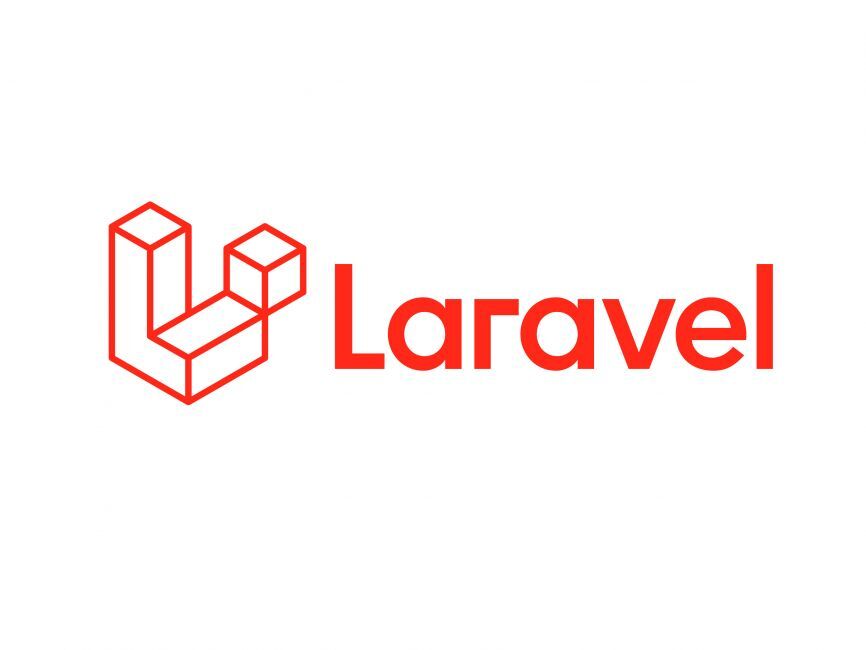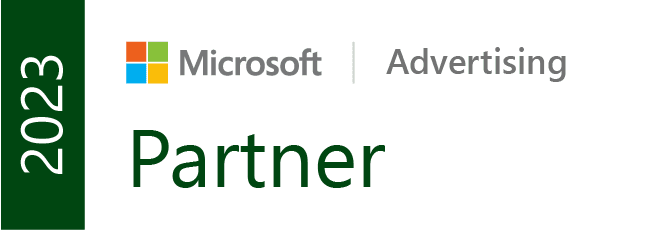Effective email marketing can help ecommerce businesses to build strong relationships with their customers, making them feel valued and part of a community.
Email marketing has an abundance of benefits for ecommerce stores, as you’re engaging new and existing customers whilst integrating data that helps to inform your future marketing strategies. In this article, we’ll share some tips on how to do email marketing for ecommerce sites to help maximise sales and conversions.
Email marketing for ecommerce: 12 top tips
1. Develop your email marketing strategy
Firstly, you need to determine what your business goals are to ensure that your email marketing campaign is in line with your objectives. Here are some of the main objectives of email marketing and how they can help your ecommerce store to maximise sales and conversions...
To inform
Sending emails which help consumers to understand your brand values and keeps them up-to-date with your company (such as pointing them to new blog posts or notifying them of changes to your products) will keep them well informed with your business.
By providing your customers with useful information (such as changes to your company policies or managing their expectations with updates to expected delivery times during busy weeks), you can improve your customer service and communication.
To convert
Email campaigns are designed to convert potential customers and keep existing customers interested in your brand’s products or services. Emails can be sent to consumers to encourage them to take action, such as visiting the site to view items in a promotional offer, or having another think about that item they left in their shopping cart.
In order to successfully convert users, you should ensure that the email is enticing enough to convince them to convert. Don’t forget to include calls-to-action (CTAs) and links which guide readers to your site, pushing them one-step closer to the sales funnel.
To engage
All emails should be engaging and encourage recipients to discover more about your brand and business offerings. You can make emails more engaging through the use of videos and graphics, as well as action buttons that lead them to relevant web pages on your site.
To maintain relationships
Emails are ideal for maintaining positive relationships with customers and increasing brand loyalty. By sending personalised emails consistently, you can make your customers feel like a valued part of your brand’s community. Moreover, consumers may not always need your products, but by sending out regular emails, they won’t forget who to turn to in their time of need!
To attract new customers
Email marketing is a great way to impress new customers and to keep them interested in your products and services. You could consider including recent reviews from happy customers or taking an opportunity to showcase new awards that your brand has been given as this helps to establish that your brand is trustworthy and recommended.
2. Encourage customers to subscribe to your email list
Getting those all important opt-ins to your emails is no easy feat, but it will certainly pay off. Here are a few ways you could increase your chances of onboarding subscribers:
- Ensure your mailing list is visible on your site - this could be a signup form on your webpages or you appear in your main navigation. You can also look to include a link to join your mailing list on your social media channels, below your email signature or other relevant areas that could convert.
- You could use pop-up forms - it’s hard to miss a pop-up as they drop down or slide onto the page, making themselves known. They’re a simple way for users to sign-up to your emails but you must also ensure that your pop-ups don’t distract users and can easily be removed from a user’s view if they’re not interested.
- You could offer benefits for email subscribers - for example, you could offer discounts for users who sign up. Below, you can see that fashion brand Quiz features a pop-up on their site which offers new subscribers a 10% discount on their first order. This can be really effective as it not only encourages users to subscribe to your emails, but it could also prompt them to make a purchase with this extra incentive.
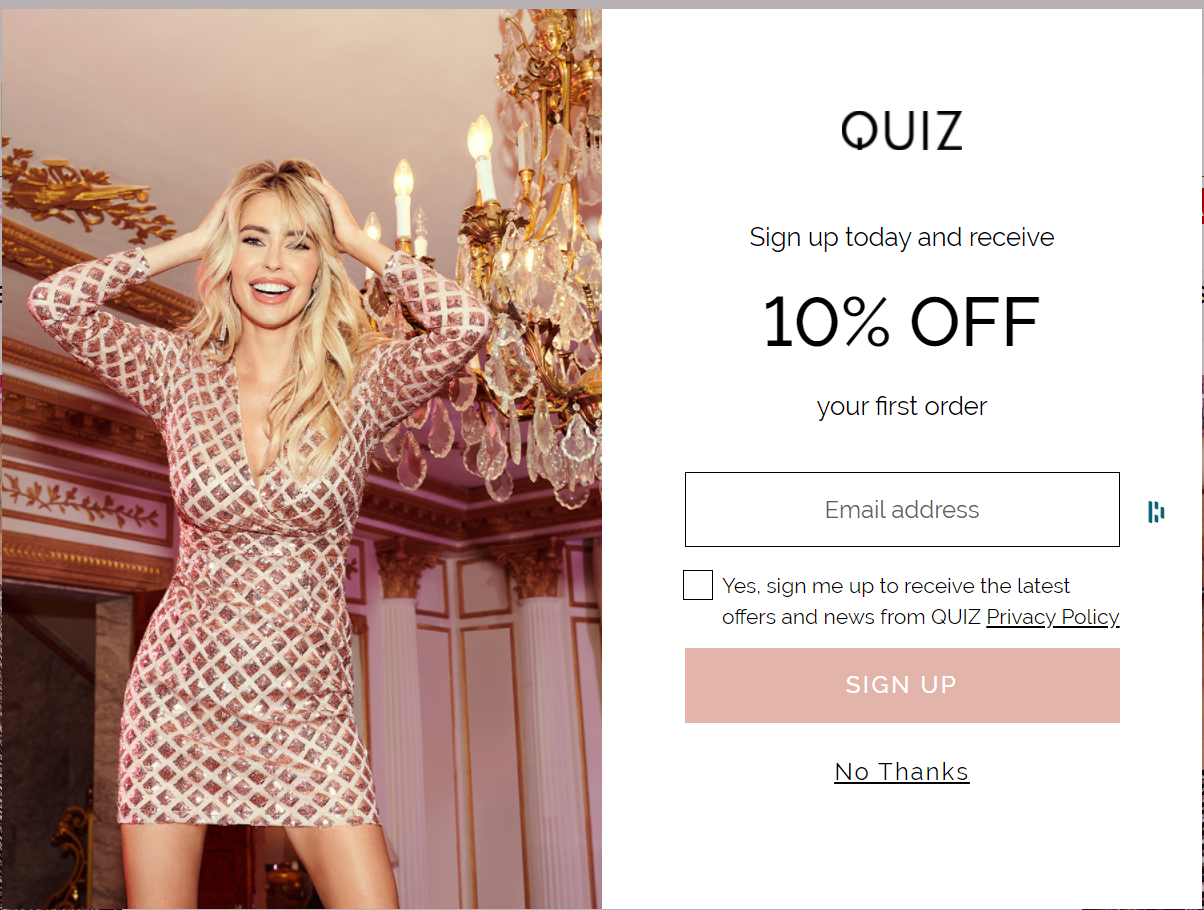
3. Send a welcome email to new customers
If a consumer signs up to your email list, they’ve told you that they want to hear from you, so don’t miss an opportunity to get in touch! It’s a good idea to send newly subscribed customers a welcome email (or series of welcome emails) to allow them to get to know your brand better from company highlights and to make them feel like a valued customer from the get-go. In fact, welcome emails have an open rate of approximately 50% (Hubspot), so you definitely want to jump on this bandwagon!
4. Personalise emails
Creating personalised emails can seriously help to boost your sales and conversion rate, as you’re tailoring your emails to different audience segments, appealing to their individual interests, values and personality. You can look to segment your email subscribers by age, gender, demographics, click habits and behaviour to name a few. In fact, 74% of marketers reported that targeted personalisation increased their customer engagement rates - it’s an opportunity you don’t want to miss!
5. Ensure emails are well designed and captivating
Having attractive emails which grab the eye of the recipients is important, but ensuring these emails are responsive and clearly formatted is absolutely essential. Having text-only emails can be effective when they’re engaging enough but you can really get creative with your email marketing, including visuals, videos and more.
To ensure that the email reads well and is easy to understand, try to focus on one call-to-action per email and point readers in a particular direction. More onto this, you want to ensure that your emails look just as good on mobile devices as they do on desktops, so make sure that your email service provider is using responsive email templates that can adjust to the size of the recipients’ screen.
6. Create a loyalty programme
Having a loyalty programme is a great incentive for existing customers to keep coming back for more. Ecommerce stores can use a loyalty program to reward customers for making repeat purchases on their online store (such as unlocking discount codes, receiving free items, getting cashback or gaining early access to new promotional offers).
For example, Hollister’s customer loyalty programme ‘Club Cali’ allows customers to earn points (which will be equivalent to cash for them to spend on future items) and gives them access to special online and in-store promotions. Below you can see an example of their email marketing which gives members exclusive access to a current deal, enticing them to visit the site and make a purchase.
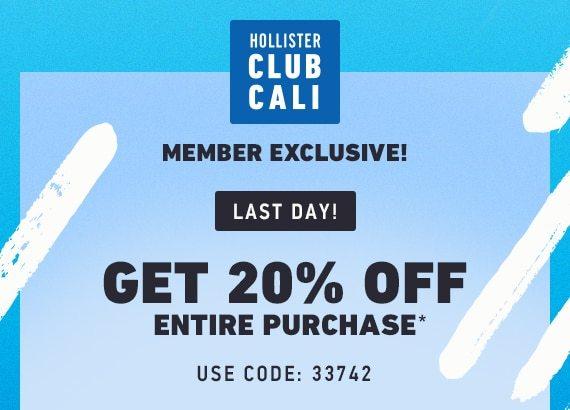
7. Send promotional sales emails
Whilst customers who are part of your loyalty membership should be receiving plenty of perks as a token of appreciation, your other email subscribers deserve some love too (even if they’ve never made a purchase before as a promotional offer could be what it takes to seal the deal).
You could look into running seasonal promotions to hook in new subscribers and to keep existing customers on their toes. For example, Black Friday in November is a popular seasonal promotion for ecommerce sites to run, especially as it happens in the run up to Christmas when consumers are actively looking to purchase goods. Moreover, one in three UK brands reported that holiday sales represented the majority of their annual sales (Econsultancy) - so it’s well worth considering when you run promotions.
8. Test out your email marketing campaigns
To determine how to best format and include your CTAS in your email to maximise clicks and conversions, you can run some A/B tests (also known as split testing). This involves creating two versions of your email marketing campaign and testing it against another version where you’ve changed an element (such as the copy, a subject line or part of the design). This will allow you to monitor which version saw the highest open-rate and clicks so you know which is the best campaign to run in terms of optimising your
9. Set up a referral program
Consumers are 92% more likely to trust their peers over advertisers (Trustpulse), so why not set up a referral program which lets your existing customers spread the word of your ecommerce store for you? In the example below, you can see how the Cherry Tree Preserves company offers £5 off for both the customer referring a friend and their friends who subscribe - this is a great way to both increase your subscribers and encourage more sales by offering special discounts.
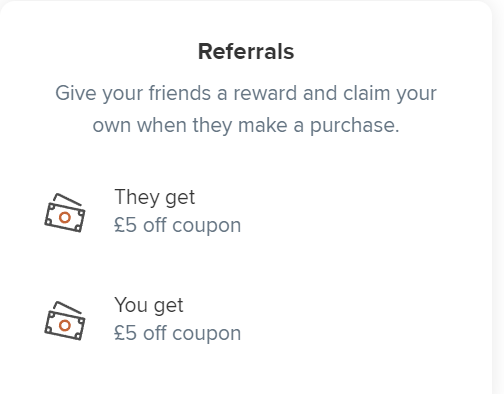
10. Enable customers to receive notifications on back in stock items
When products are out of stock, shoppers can feel disheartened - however, you can encourage your customers to sign-up to your emails by informing them that they can be notified when these items come back in stock. Alternatively, you could enable customers to create a ‘wishlist’ and set up email automation which will update them about the products they’ve shown interest in. Once you’ve obtained their email address, you can then contact them asking if they’d like to subscribe to your email newsletter.
11. Take advantage of email marketing automation
By setting up welcome emails to new subscribers, sales confirmations, abandoned cart reminders, birthday emails and other communications, you not only save yourself the time of completing repetitive tasks in your marketing flow, you can also ensure that your email marketing is consistent and more scalable, keeping customers in the loop with regular contact.
12. Measure the effectiveness of your email marketing campaigns
There’s always room for improvement, and you want to ensure that you’re making the most of your marketing spend. This is why it’s essential for you to monitor your campaigns and continue to develop your email marketing strategy using the metrics you're tracking.
By doing so, you can track your email open rates and identify whether certain promotions or products are performing particularly well so you can focus your marketing efforts on pushing these further. You may also discover certain content is of more interest to your readers which could help to inform your content strategy. Equally, you can also identify areas which aren’t a hit with subscribers and can use more of your marketing spend on the campaigns which convert better.
So, there’s some of our top tips on how to do email marketing for ecommerce. If you’d like even more ideas on how to develop winning emails that captivate customers old and new, check out our series of effective email marketing blogs covering:
- The importance of data and targeting
- The holy grail of a single customer view
- Examples of notable email marketing campaigns
Looking for an email marketing agency?
Here at Adido, we understand the value of having an effective email marketing strategy in place. With years of experience in helping ecommerce businesses to improve their email marketing strategy, get in touch with us today to find out how we can help to boost your sales and conversions.

